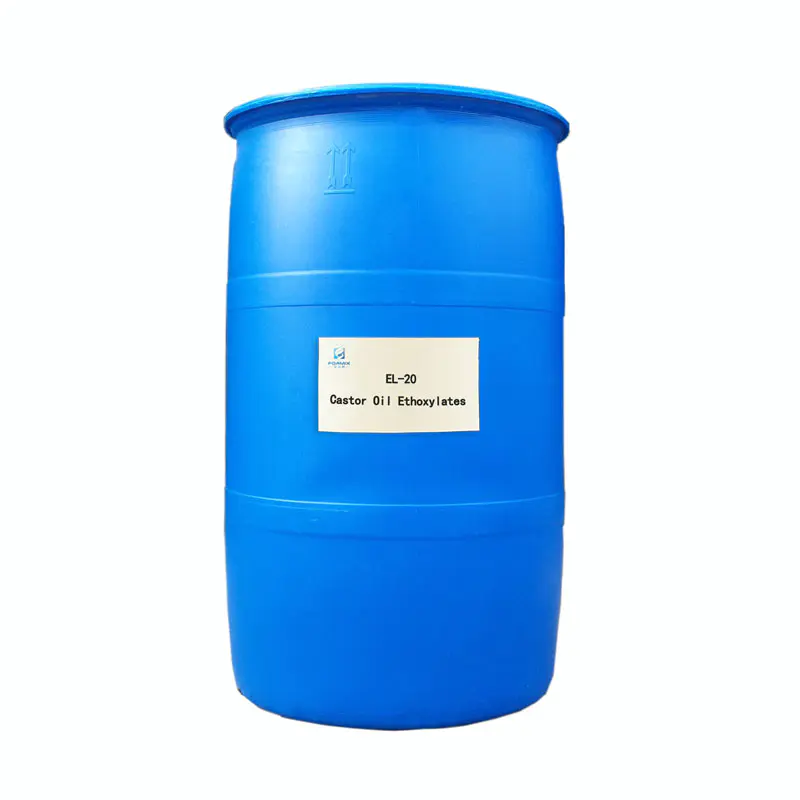Let's learn about cationic surfactants together.
2025-04-14
Cationic surfactants are surface-active substances that dissociate to release positive charges in an aqueous solution. The hydrophobic groups of this type of substances are similar to those of anionic surfactants. The hydrophilic groups of such substances mainly contain nitrogen atoms, and there are also atoms such as phosphorus, sulfur, and iodine. The hydrophilic groups and hydrophobic groups can be directly connected, or they can be connected through ester, ether, or amide bonds. Among them, the most widely used are nitrogen-containing amine salts.

Cationic surfactants with commercial value are basically derivatives of organic nitrogen compounds. Their positive charges are carried by nitrogen atoms. There are also some new types of cationic surfactants whose positive charges are carried by atoms such as phosphorus, sulfur, iodine, and arsenic. According to the chemical structure of cationic surfactants, they can be mainly divided into four categories: amine salt type, quaternary ammonium salt type, heterocyclic type, and salt type. Among them, quaternary ammonium salt type cationic surfactants have the most extensive commercial applications.
1. Amine salt type
Amine salt type cationic surfactants are the general term for primary amine salt, secondary amine salt, and tertiary amine salt surfactants. Their properties are extremely similar, and many products are mixtures of primary amines and secondary amines. These surfactants are mainly salts formed by the reaction of fatty amines with inorganic acids and are only soluble in acidic solutions. Under alkaline conditions, amine salts are likely to react with alkalis to form free amines, which reduces their solubility. Therefore, their application range is somewhat limited.
2. Quaternary ammonium salt type
Quaternary ammonium salt type cationic surfactants are the most important varieties of cationic surfactants. Their properties and preparation methods are different from those of amine salt type. Such surfactants are soluble in both acidic and alkaline solutions, have a series of excellent properties, have good compatibility with other types of surfactants, and have a relatively wide application range.
3. Heterocyclic type
The heterocycles contained in the molecules of cationic surfactants mainly include nitrogen-containing morpholine rings, pyridine rings, imidazole rings, and quinoline rings, etc.
Cationic surfactants are very useful catalysts with good bactericidal functions and are widely used in many areas of our lives.

